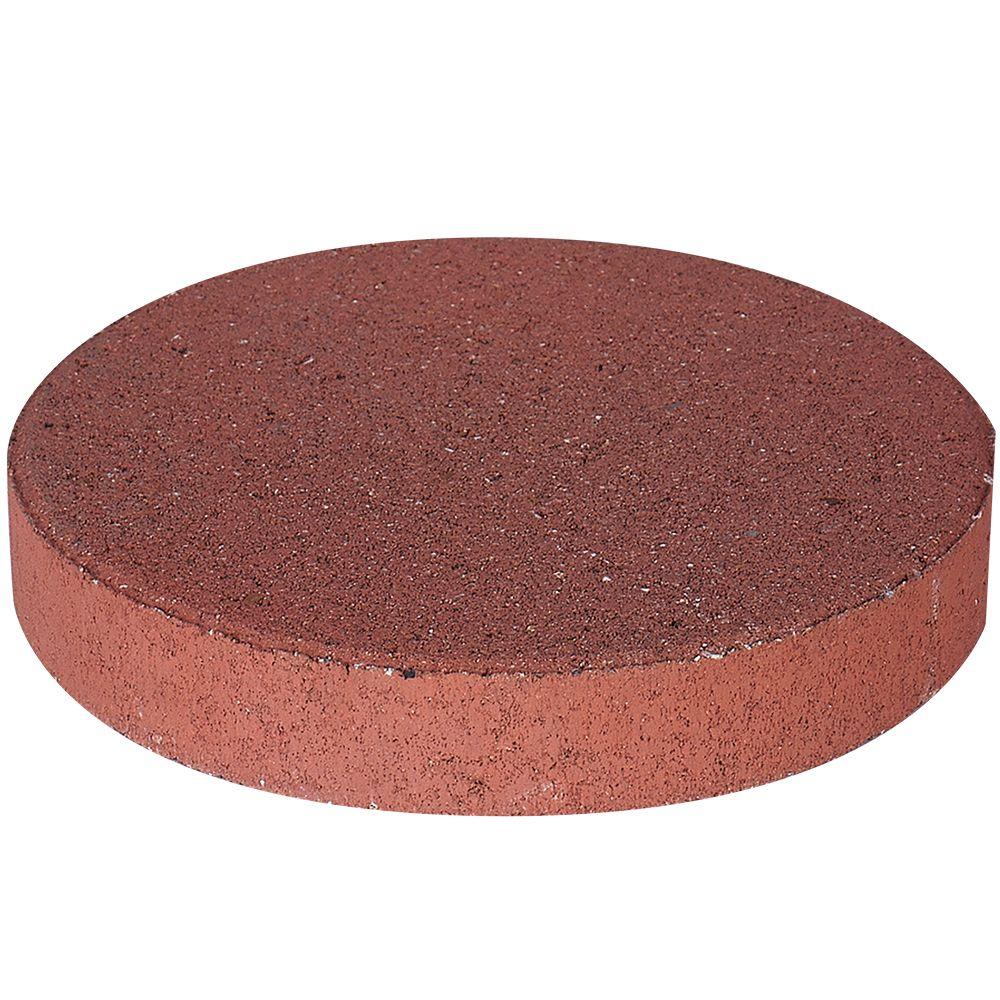
Buildings made with concrete blocks are therefore comfortable all year round warm in the winter and cool in the summer. It’s essentially an alternative method of temperature control that allows the building to naturally retain heat and cool, reducing the need to resort to air conditioning or central heating.Ĭoncrete absorbs and stores excess heat during the day, which can be removed overnight passively through ventilation. The thermal mass inherent in concrete blocks is one of the most important ways in which the whole-life CO 2 performance of buildings can be enhanced. Lightweight materials are less ideal, as they do not provide inertia against temperature fluctuations, but instead have a tendency to overheat. These are often industry by-products with ground granulated blast furnace slag (GGBS) and fly ash from the power industry being the two most commonly used.Īs we adapt to a more changeable climate, it is important we build with materials that also make for comfortable homes. However, while it remains a part of the composition, standard practice in the UK blockmaking industry today is to blend other cementitious materials with it, consequently reducing the overall embodied CO 2. Therefore transport costs associated with concrete blocks tend to be minimal, as the raw materials are all found locally.Ĭement accounts for the majority of concrete’s environmental impact. They reduce the need for processing and transportation, as they occur naturally and are sourced locally. The most substantial component of concrete blocks are fine and course aggregates, accounting for very little carbon emissions. Furthermore, the majority of concrete blocks produced in the UK are made in local product plants which means local deliveries to site effectively lowering the carbon footprint.

The carbon intensity of the material has been reduced by a remarkable 13% since 2008, and improvements in the manufacture process are ongoing.
Round concrete blocks full#
Therefore the material’s thermal mass qualities should be taken full advantage of, as they can also greatly reduce the operational emissions from heating and cooling required during a building’s lifespan, without compromising on comfort.ĬO 2 emissions relating to concrete blocks are associated with production, however, their long-term performance virtues can offset these. However, concrete possesses unique attributes which minimise CO 2 emissions, yet many in the industry are less familiar with these.Ĭorrectly specified, concrete blocks can keep the embodied CO 2 to a minimum. It’s no secret that concrete structures are durable, which is naturally fundamental to whole-life performance. However, there are some prevailing misconceptions among architects about how concrete blocks fit into the circular economy model: ‘reduce, reuse, recycle, recover energy’. The consensus is that low-energy, sustainable design is the way to future-proofing property assets in the public and the commercial sector alike.Īt the Concrete Block Association, sustainability is at the heart of the work we do. Rightly, the discussion has shifted towards the whole-life performance of buildings.

As Simon Sturgis, adviser to RIBA on sustainability and founder of consultancy Targeting Zero Carbon, recently stated, ‘we should be designing for future retrofit, not future demolition.’


 0 kommentar(er)
0 kommentar(er)
